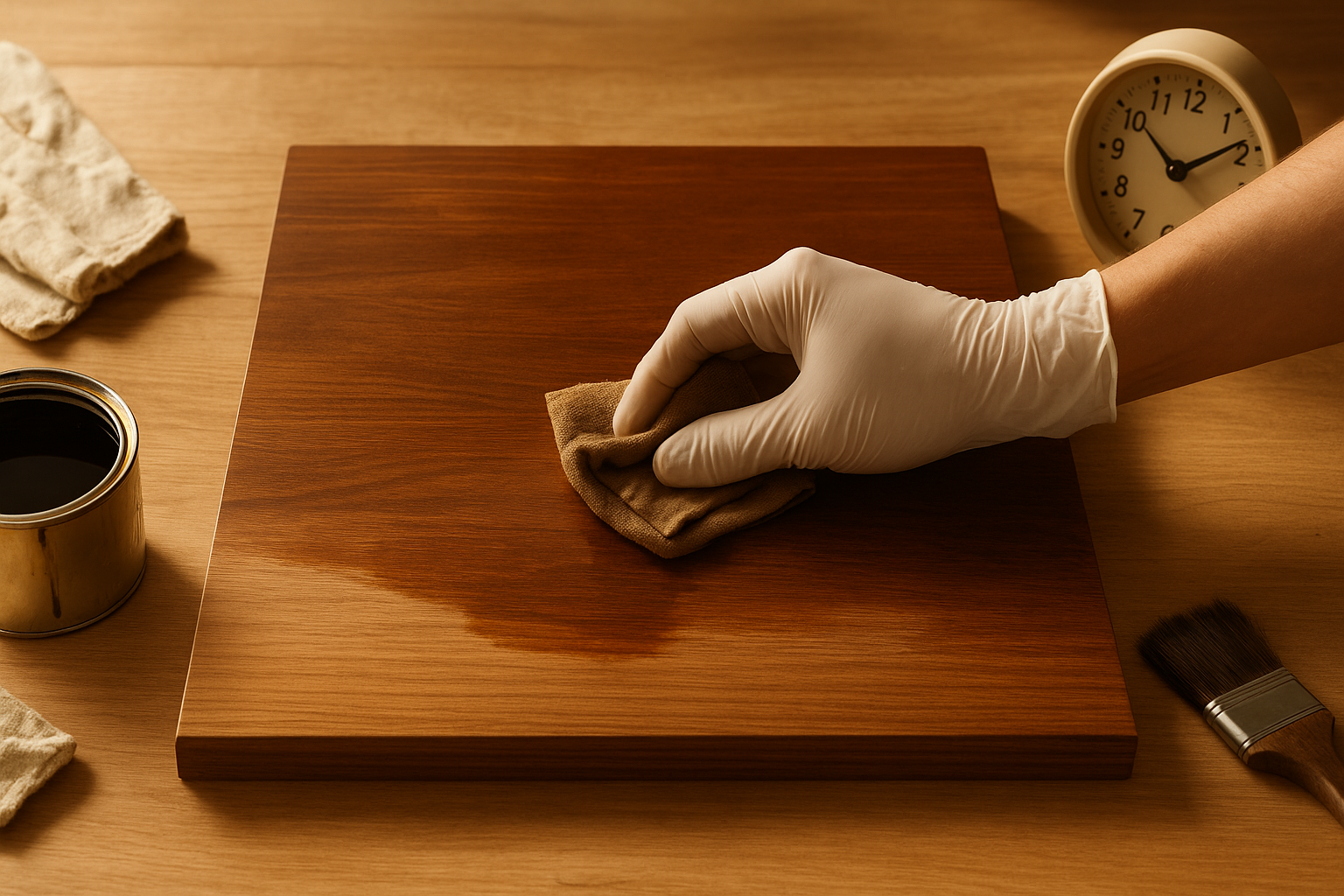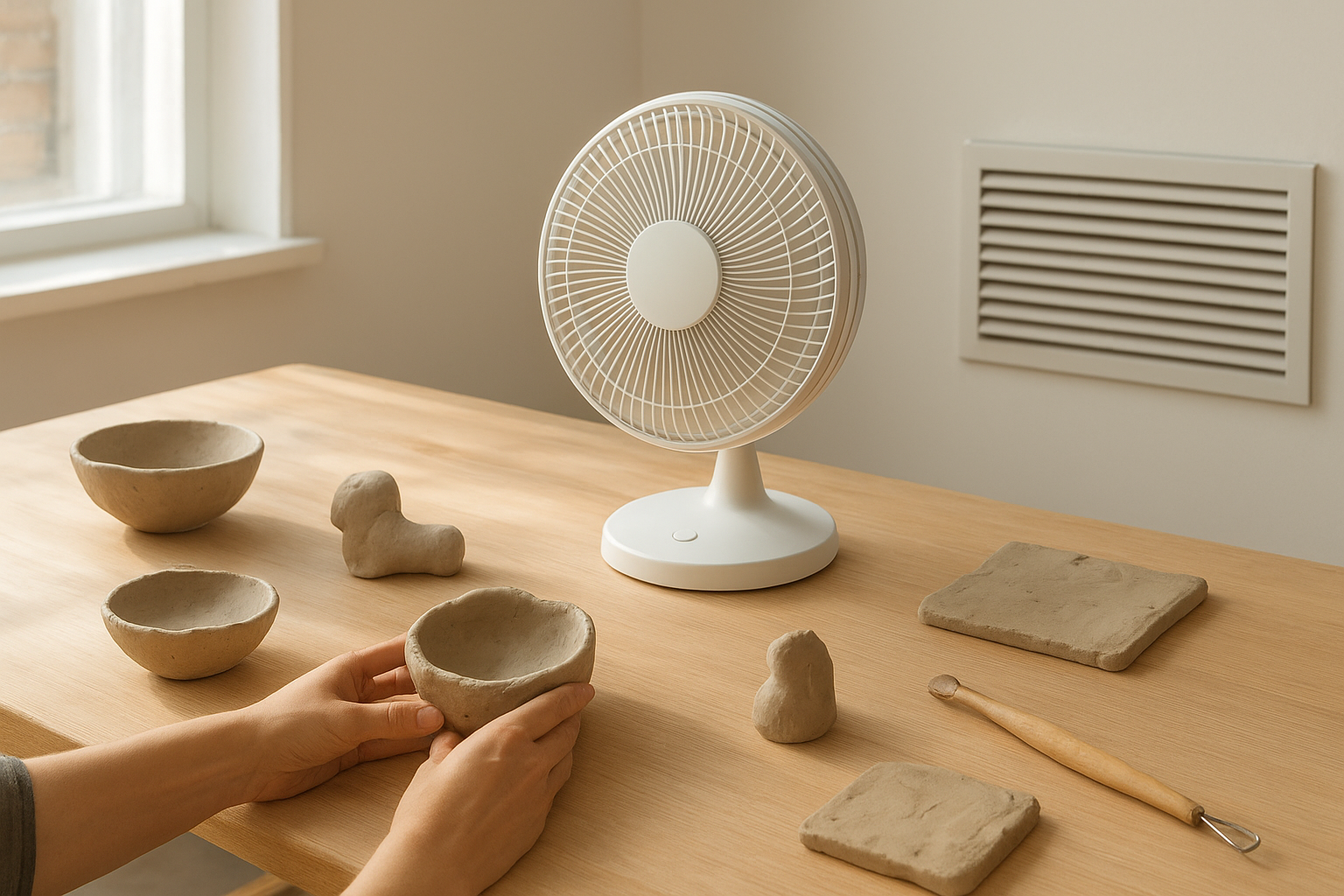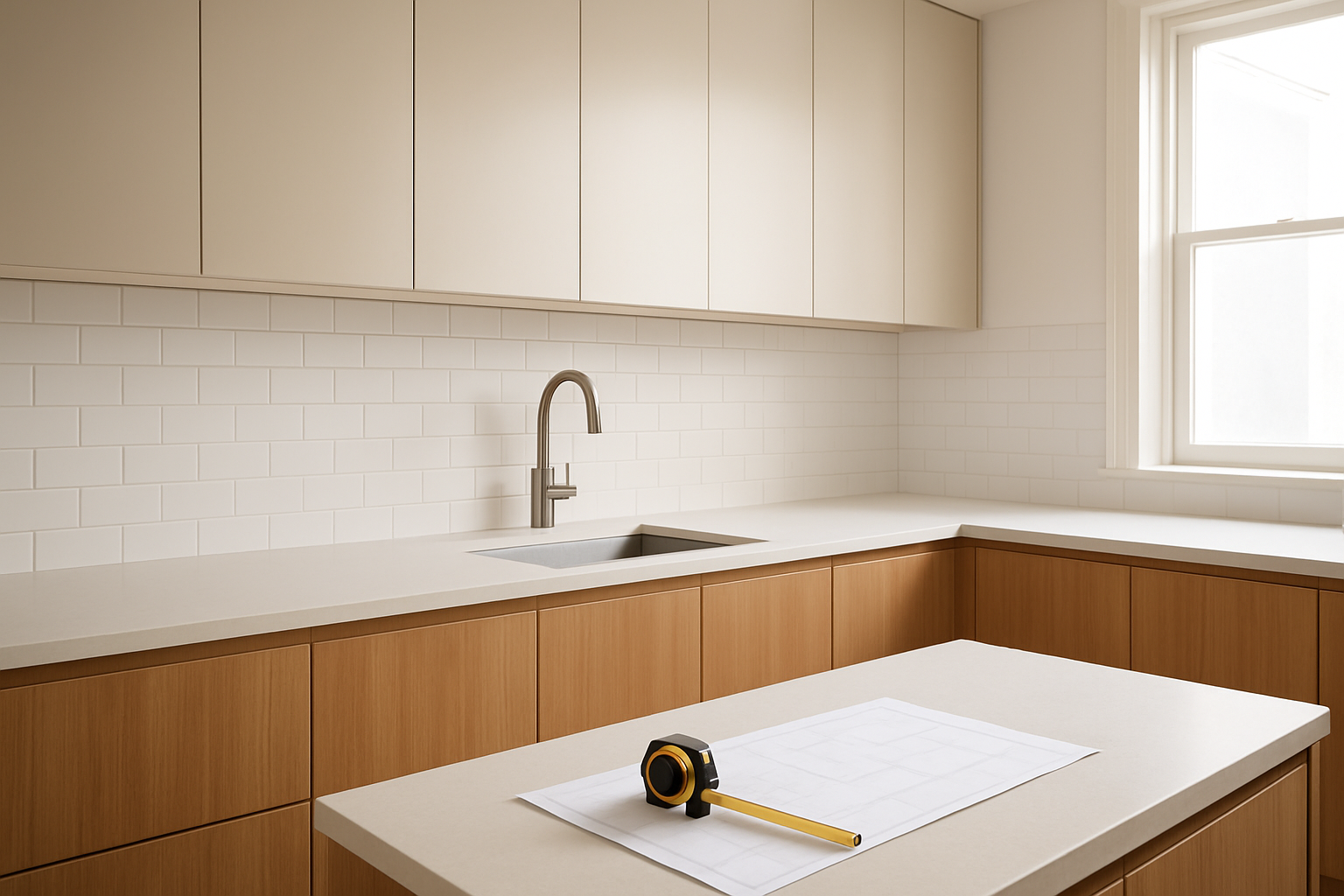If you’ve ever stained a piece of furniture or a wooden deck, you’ve probably wondered: how long does it take for stain to dry? The answer isn’t always simple — it depends on the type of stain, wood, and environment. But one thing’s certain: drying time can make or break the finish. Rushing the process can lead to tacky surfaces, uneven color, or peeling later on.
Let’s break down how to get it right — from application tips to the exact drying times for oil, water, and gel-based stains.
What Affects How Long Stain Takes to Dry?
Several factors determine how long wood stain takes to dry, and understanding them can help you plan better:
- Type of stain: Oil-based stains dry slower (6–12 hours) compared to water-based stains (1–2 hours). Gel stains, which sit on the surface, usually take 8–10 hours.
- Wood type: Softer woods like pine absorb stain faster, while hardwoods like oak take longer.
- Temperature & humidity: Stain dries best between 60–80°F (15–27°C) with low humidity.
- Ventilation: Good airflow speeds up the drying process and prevents sticky finishes.
In short — the environment and stain formula are the biggest players.
How to Apply Stain to Wood for Best Results
Getting stain to dry beautifully starts with how you apply it. Here’s how to apply stain to wood the right way:
- Prepare the surface. Sand thoroughly and wipe away dust.
- Apply thin coats. Use a lint-free cloth or brush, working with the grain.
- Wipe off excess. After 5–15 minutes, remove extra stain with a clean rag.
- Let it dry naturally. Avoid direct heat — patience here gives a smoother finish.
If you’re experimenting with colors or vintage styles, you might enjoy this guide to painted furniture with chalk paint — a creative twist on DIY wood finishes.
How Do You Stain Wood Like a Pro?
Mastering how to stain wood isn’t just about applying color — it’s about timing, texture, and technique.
- Test first. Always apply a small patch on scrap wood.
- Work in sections. This helps prevent blotches or overlaps.
- Avoid over-brushing. Once the stain starts to dry, brushing again can ruin the surface.
- Use safety gear. Gloves and good ventilation are non-negotiable, especially for oil-based stains.
These small steps turn an average DIY project into a professional-looking finish.
How Long Should Wood Stain Dry Before Polyurethane?
One of the most common mistakes is sealing the wood too soon. Even if it feels dry, the stain might still be curing underneath. Generally:
- Oil-based stains: Wait 24–48 hours before applying polyurethane.
- Water-based stains: Wait 6–8 hours, but always check the label.
Applying polyurethane too early can trap moisture and cause a cloudy or sticky finish. When in doubt, give it more time — you’ll thank yourself later.
Average Dry Times for Different Stains
| Type of Stain | Touch Dry | Ready for Polyurethane | Fully Cured |
|---|---|---|---|
| Water-based | 1–2 hours | 6–8 hours | 24 hours |
| Oil-based | 6–12 hours | 24–48 hours | 72 hours |
| Gel stain | 8–10 hours | 24 hours | 48 hours |
Tip: Drying and curing aren’t the same — curing is when the stain reaches its full hardness and durability.
How to Speed Up Stain Drying Time
If you’re short on time (or patience), here’s how to make stain dry faster without compromising quality:
- Increase airflow. Use fans to circulate air evenly.
- Control humidity. A dehumidifier helps in damp climates.
- Avoid cold surfaces. Wood should be at room temperature before staining.
- Apply thinner coats. Heavy applications take longer to dry.
For more home styling inspiration, check out quirky home decor — because finishing touches matter as much as the woodwork itself.
Common Mistakes That Affect Dry Time
- Applying too much stain at once. It forms a sticky surface that won’t dry evenly.
- Skipping surface prep. Dust and oils block absorption.
- Not stirring the stain properly. Pigments settle at the bottom and affect consistency.
- Rushing to seal. Always wait until the wood feels dry and looks even.
Final Thoughts
So, how long does it take for stain to dry? Typically between 6 and 24 hours, depending on the type of stain and the environment. Water-based stains dry fastest, while oil-based ones need more patience but deliver a richer tone.
The secret to a perfect wood finish isn’t just in the product — it’s in the timing. Let the stain breathe, cure fully, and finish it right. Because when it comes to woodwork, patience is the real polish.












